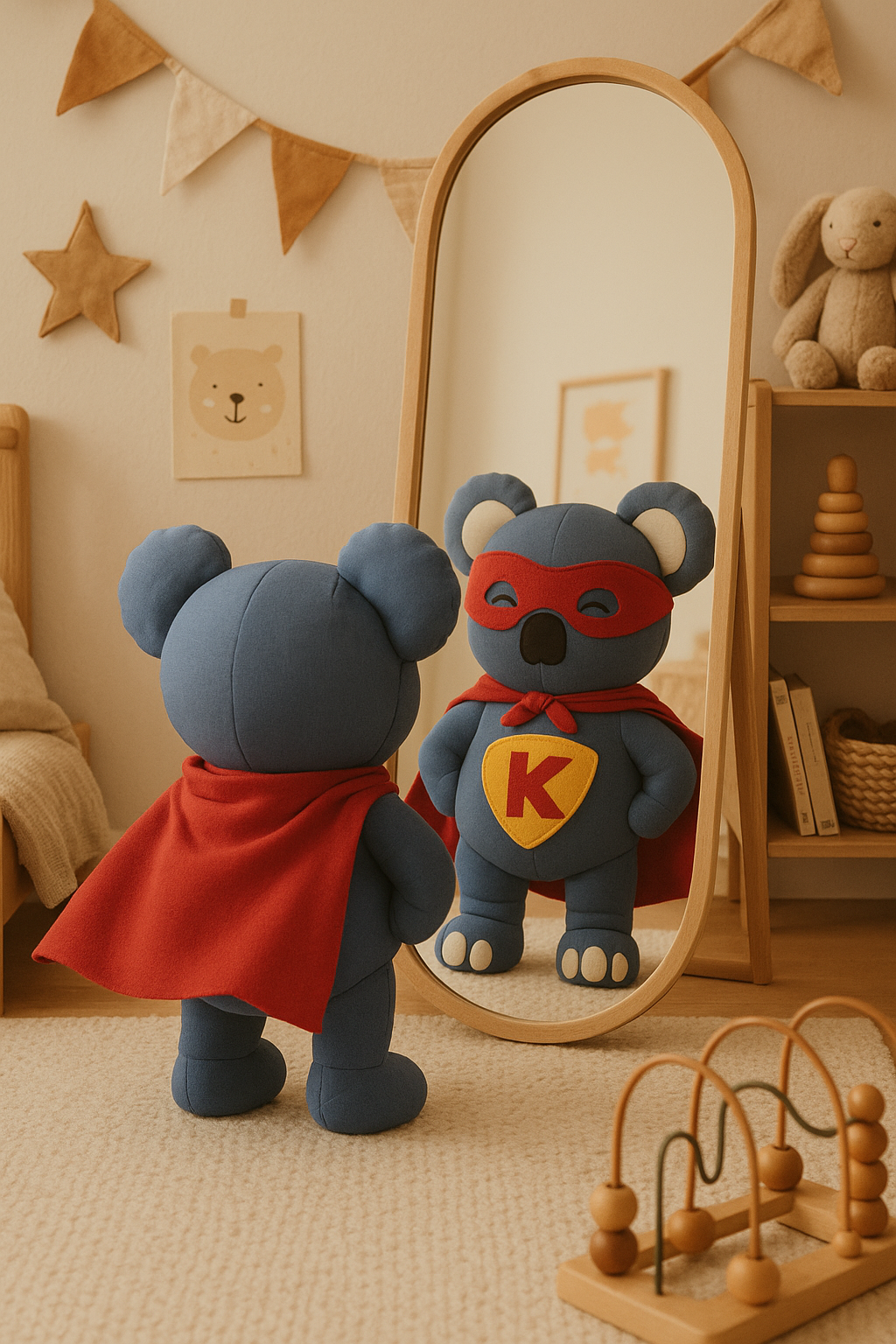
BackBuddy: the first steps towards (self)confidence
There is almost nothing as exciting and moving as your baby's first steps.
Yet learning to walk is more than a physical milestone; it requires motor skills, emotional security and trust. In this article we dive deeper into what your baby needs to learn to walk, what role you play as a parent in this, and how the Back Buddy can help with this.
The first steps
Walking is a complex skill that babies develop between 6 and 18 months. It starts with rolling over, crawling, pulling themselves up and carefully standing. Muscles, balance and coordination need to develop well. But did you know that emotional safety also plays a key role in this?
What many parents don't realize is that the transition to learning to walk is at least as mentally exciting for your little one as it is physically. Neurologist Dr. Carla Hannaford states that movement and emotional security are directly linked. According to research at the University of Washington (Clearfield, 2011), babies who feel safe in their environment take more initiative to take on new motor challenges . They show more exploratory behavior, get up more often and try again faster, even after a fall. As a result, they develop their motor skills less reluctantly, which can significantly increase their self-confidence, resilience and motor skills.
Babies are masters at reading body language and intonation. If you as a parent are visibly tense or anxious when your child wobbles, your baby will notice this. This gives your baby a signal of insecurity. The result of this can be that they experience less security and therefore react more reservedly. A safe learning environment is therefore not only about protection, but also about the trust that you as a parent radiate. You are therefore not only a spectator of the learning process, you are part of the learning process.
Back Buddy to the rescue!
The Back Buddy offers an accessible way to regain some peace of mind as a parent. This way you know that your baby is well protected where it really needs to be while carrying it. By radiating peace and mutual trust, you as a parent stimulate a safe learning environment in which discovering equals fun and making mistakes is allowed. This in contrast to a place where you and your child have to be constantly alert.
In short, the Back Buddy can help prevent an anxious attachment style, optimally protect your baby and stimulate independent play moments. Back Buddy offers a physical buffer for the child and an emotional buffer for the parent.
How do you encourage learning to walk in a healthy way?
1. Let your child practice barefoot: Baby feet contain many nerve endings that help develop balance and grip. Socks or shoes can disrupt this.
2. Choose a stable and safe environment: Hard corners, smooth floors and sharp edges are distractions or dangers. Create a safe exercise space where your child can move undisturbed.
3. Encourage, but don’t take over: Every baby develops at their own pace. Use positive words and cheerful expressions, but let your child take the initiative. For example, say: “You’re practicing hard!” instead of “Wait, mommy will help.”
4. Move along at their level: Sit on the floor, encourage from eye level, or "walk" together by holding both hands. Make sure you also let go enough for independent attempts.
5. Repeat and vary: Offer short play moments every day where your child can practice his balance. Use toys that are just out of reach or a low table to pull himself up on.
The Back Buddy as a partner in growth
The road to walking is one of daring, trying, falling and starting over. Not just for your child, but also for you as a parent. It requires trust; in your child, in yourself, and in the process. With the right help and enough trust, every fall becomes an opportunity to develop and discover courage. Back Buddy does not offer a ready-made solution, but it does offer a helping hand that gives you the space to dare to dream bigger, literally step by step.




